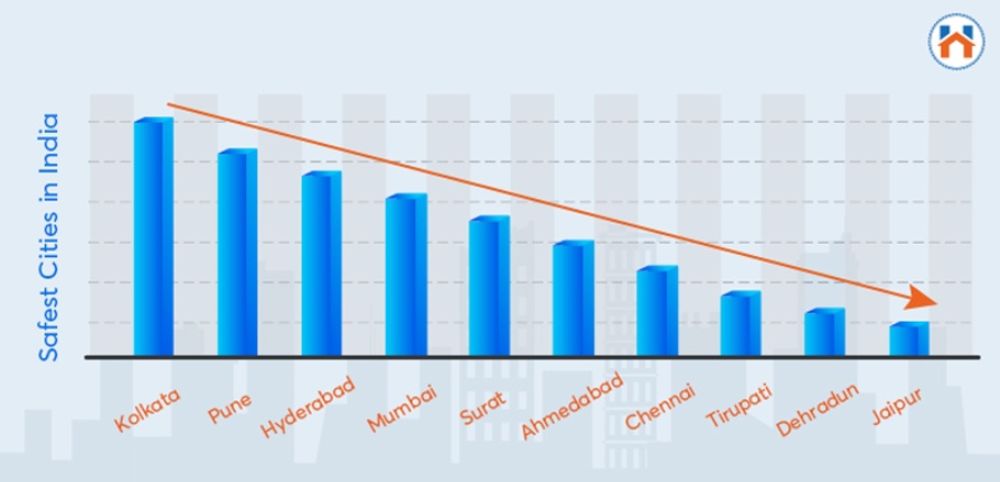

Introduction: Nestled on the southeastern coast of India, Chennai is a city that pulsates with life, rich traditions, and a thriving economy. However, like any vibrant urban center, it faces its fair share of challenges, including crime. In this blog, let's take a moment to step away from statistics and delve into the human stories behind the crime rates in Chennai. By understanding the experiences, aspirations, and struggles of its residents, we can gain a deeper perspective on the city's security landscape.

Putting Faces to the Data: Behind every crime statistic lies a human being affected by the incident. They are not just numbers on a chart but individuals with hopes, dreams, and vulnerabilities. By humanizing the content, we can empathize with the victims, understand the circumstances that lead to crime, and work together towards effective solutions.
A Tale of Two Neighborhoods: Consider two neighborhoods in Chennai: one flourishing with community engagement and another grappling with socio-economic challenges. In the first neighborhood, active community watch programs, residents' associations, and strong police-community partnerships foster a sense of belonging and safety. In contrast, the second neighborhood faces unemployment, poverty, and limited access to resources. Understanding these narratives helps us identify the underlying factors that contribute to crime rates.
Inspiring Stories of Resilience: Within Chennai's diverse communities, there are stories of resilience and triumph over adversity. We hear about individuals who have overcome difficult circumstances, turned away from crime, and become positive role models in their neighborhoods. These stories remind us that crime is not an inherent trait but often a consequence of circumstances. By highlighting these stories, we inspire others to choose a different path and create a ripple effect of positive change.
Community Empowerment and Solidarity: Crime prevention is not solely the responsibility of law enforcement agencies; it requires active participation from the community. In Chennai, we witness inspiring examples of neighborhoods coming together, organizing awareness campaigns, and fostering a sense of solidarity. By empowering individuals and encouraging them to take ownership of their communities, we lay the foundation for safer and stronger neighborhoods.
The Power of Rehabilitation: While combating crime requires effective law enforcement, it is equally important to focus on rehabilitation. Chennai has witnessed initiatives that aim to reintegrate former offenders into society, providing them with education, job training, and emotional support. By addressing the root causes of crime and offering a second chance, we contribute to a more inclusive and compassionate Chennai.
 Hope for a Safer Chennai: Despite the challenges, there is hope for a safer Chennai. By embracing a holistic approach that combines law enforcement, community engagement, social welfare programs, and education, we can foster an environment where everyone feels secure. Each small step towards creating opportunities, reducing inequalities, and strengthening bonds within communities brings us closer to achieving this vision.
Hope for a Safer Chennai: Despite the challenges, there is hope for a safer Chennai. By embracing a holistic approach that combines law enforcement, community engagement, social welfare programs, and education, we can foster an environment where everyone feels secure. Each small step towards creating opportunities, reducing inequalities, and strengthening bonds within communities brings us closer to achieving this vision.
Conclusion: Behind the crime rates in Chennai lie stories of hope, resilience, and the human spirit. By humanizing the content, we recognize the importance of empathy, community engagement, and rehabilitation in addressing crime. Let us remember that the statistics represent real lives and that together, we can build a Chennai where safety, opportunity, and compassion thrive.


